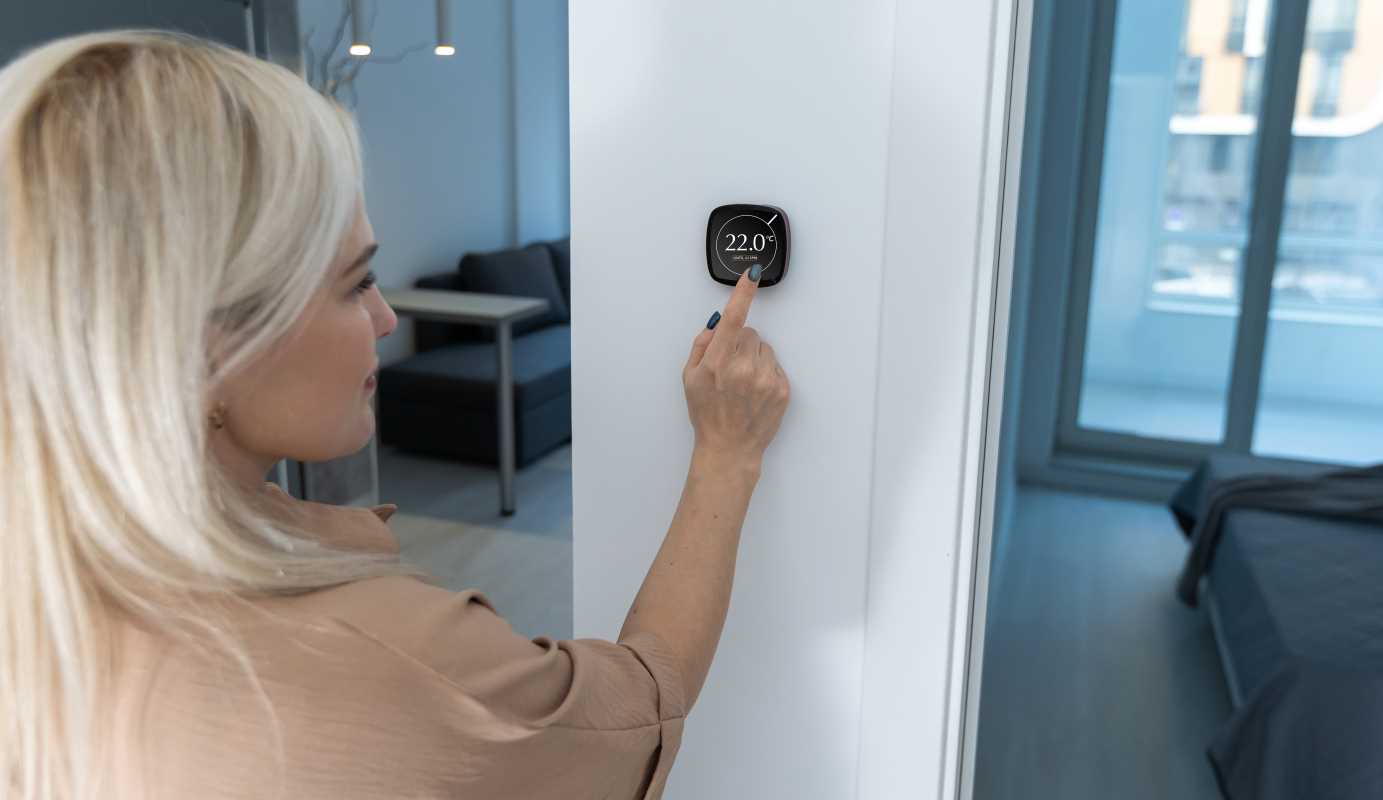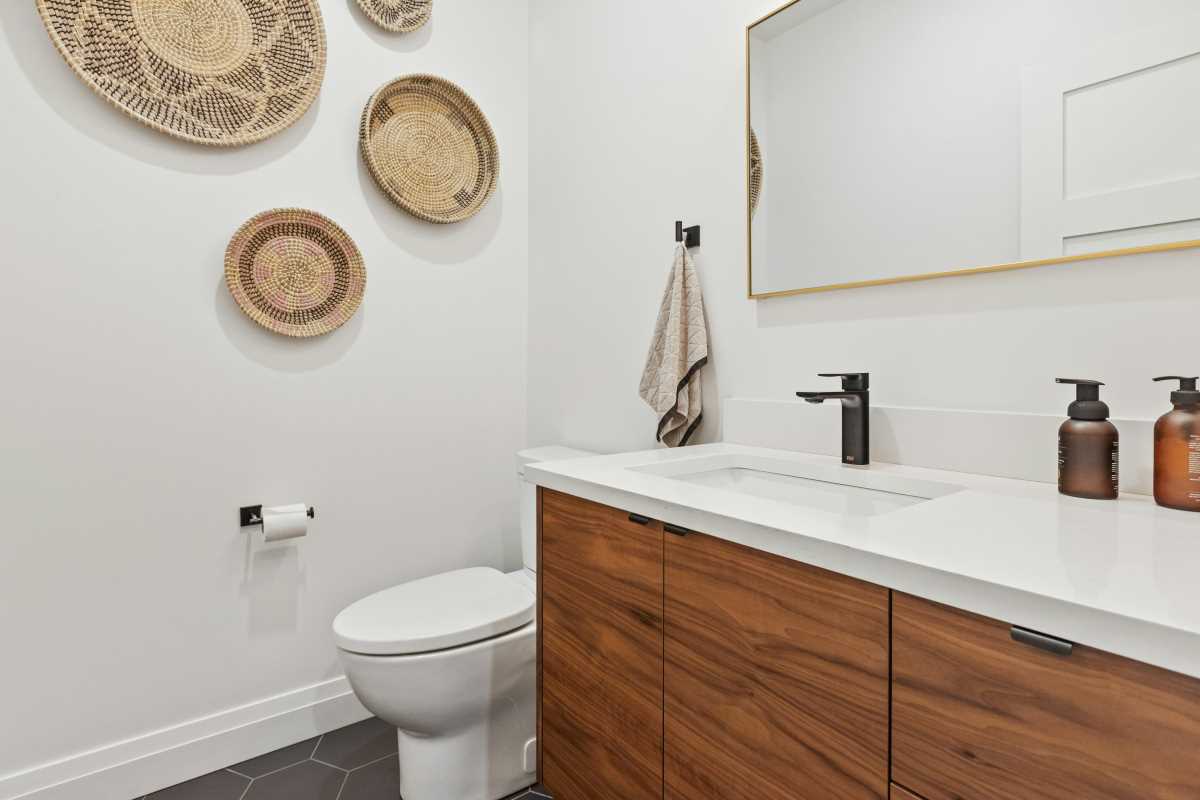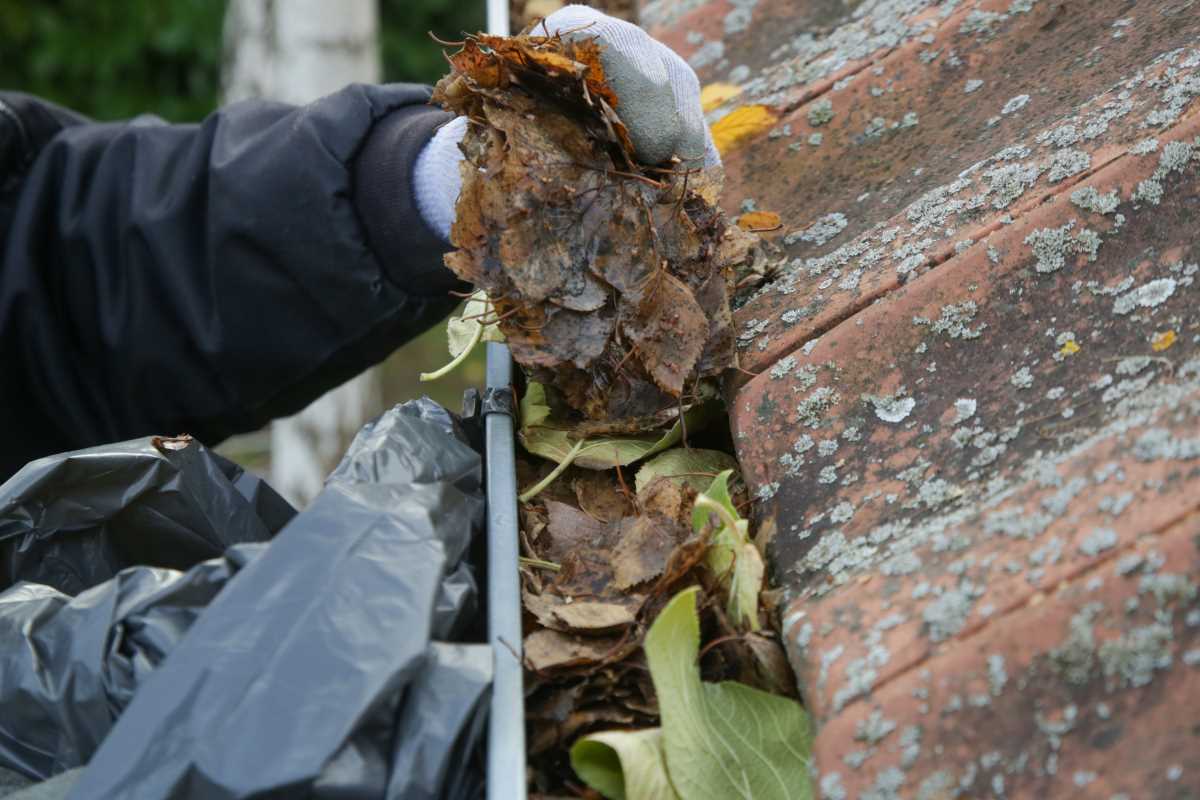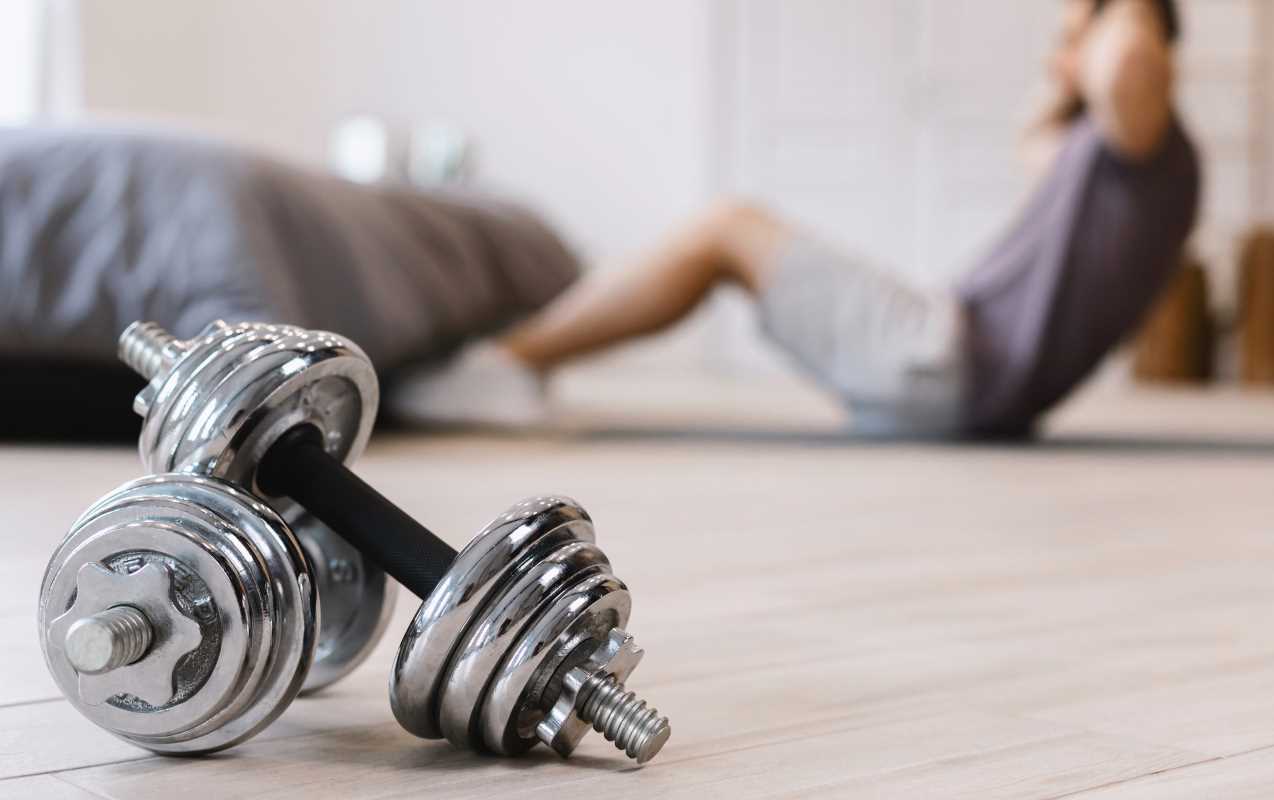Who wouldn’t want to save money on utility bills and help the planet at the same time? That’s what energy efficiency is all about! Small changes around the house can make a big difference in reducing energy usage, keeping your wallet happy, and shrinking your carbon footprint. Whether it’s upgrading to energy-efficient appliances, sealing leaks in your home, or using smart gadgets to manage energy use, there are plenty of ways to boost your home’s efficiency without major renovations. Many energy-saving tips are easy to implement and start paying off right away. If you’re ready to cut down on costs and make your home a little greener, here are the top tips and tools every homeowner should know.
Upgrade to Energy-Efficient Appliances
Modern appliances are designed to use less electricity and water than older models while still delivering the performance you expect. Look for appliances with the ENERGY STAR label, which certifies that they meet strict energy efficiency standards.
By upgrading to an efficient refrigerator, you can expect a noticeable drop in your electric bills over time. This specific model also conserves cold air to reduce energy use. Bonus points for its appeal if you're looking to modernize your kitchen with sleek and functional technology.
- Recommended Product: LG InstaView Door-in-Door Refrigerator
Install Smart Home Devices
Smart home devices are game changers for energy savings. These gadgets help you monitor and control how energy is used, so you can cut down on waste without even thinking about it.
This device optimizes your heating and cooling use by learning your routine, meaning it won't waste energy maintaining temperatures when you're not at home. It also allows you to better manage peak energy demands, which helps the planet while reducing monthly costs.
- Recommended Product: Google Nest Learning Thermostat
Seal Air Leaks and Improve Insulation
Improper insulation and air leaks can make your heating and cooling systems work overtime, which drives up your energy bills. Inspect your home for cracks, gaps, and poorly insulated areas, especially around windows, doors, and your attic.
Sealing air leaks around windows and doors helps create a tighter envelope for your home, meaning your HVAC system works more efficiently. It’s a simple and affordable DIY fix that prevents warm or cool air from escaping.
- Recommended Product: Duck MAX Strength Heavy-Duty Weatherstrip Seals
Switch to LED Lighting
Lighting accounts for about 10% of the average home’s energy use but switching to LED bulbs can slash that number significantly.
LED lighting doesn’t just cut electricity usage. It lasts longer than traditional bulbs, so you're replacing them less often. Adding color and dimming options can give your home a custom feel while being energy-efficient.
- Recommended Product: Philips Hue White and Color Ambiance LED Bulbs
Use Energy-Efficient Windows or Films
If replacing old windows isn’t in your budget, adding window film is a cost-effective way to improve energy efficiency. These films block heat gain in summer and reduce heat loss in winter.
Window films not only increase comfort but also protect your furniture from sun damage thanks to their UV-blocking properties. They are a perfect, affordable solution for achieving better indoor climate control year-round.
- Recommended Product: Gila Heat Control Window Film
Use Power Strips to Eliminate Phantom Energy
“Phantom energy” is the electricity that devices use even when they’re turned off but still plugged in. A single device may not make a huge difference, but when you multiply that across your household, it adds up fast.
This smart power strip goes beyond simple controls by allowing scheduling and voice commands, which adds convenience for busy households. It’s particularly handy for entertainment centers loaded with multiple devices.
- Recommended Product: Kasa Smart Power Strip by TP-Link
Adjust Your Water Heater Temperature
Water heaters are among the biggest energy users in your home, but you can tone down their usage with a simple adjustment. Set the temperature to 120°F (instead of the default 140°F) to maintain plenty of hot water without wasting energy.
Adjusting the temperature on this water heater is straightforward, ensuring you have hot water on demand without unnecessarily high energy use. Its sleek design also takes up less space in utility areas.
- Recommended Product: Rheem Performance Platinum Electric Water Heater
Install Ceiling Fans
Ceiling fans help circulate air, making your home feel warmer in winter or cooler in summer without putting additional strain on your HVAC system.
Installing ceiling fans in commonly used spaces improves air circulation, allowing you to set your thermostat a little higher in summer or lower in winter while still feeling comfortable. It's a small investment with big savings.
- Recommended Product: Hunter Fan Company Low Profile Ceiling Fan
Wash Clothes with Cold Water
Heating water for laundry uses a significant amount of energy. Switch to washing clothes with cold water whenever possible. Modern detergents are designed to work just as effectively in cold water, so you won’t sacrifice cleanliness.
By pairing this detergent with cold washer cycles, your clothes get clean, and your energy consumption drops significantly. You’ll extend the life of your garments while also doing your part for the planet.
- Recommended Product: Tide Coldwater Clean Laundry Detergent
 (Image via
(Image via





